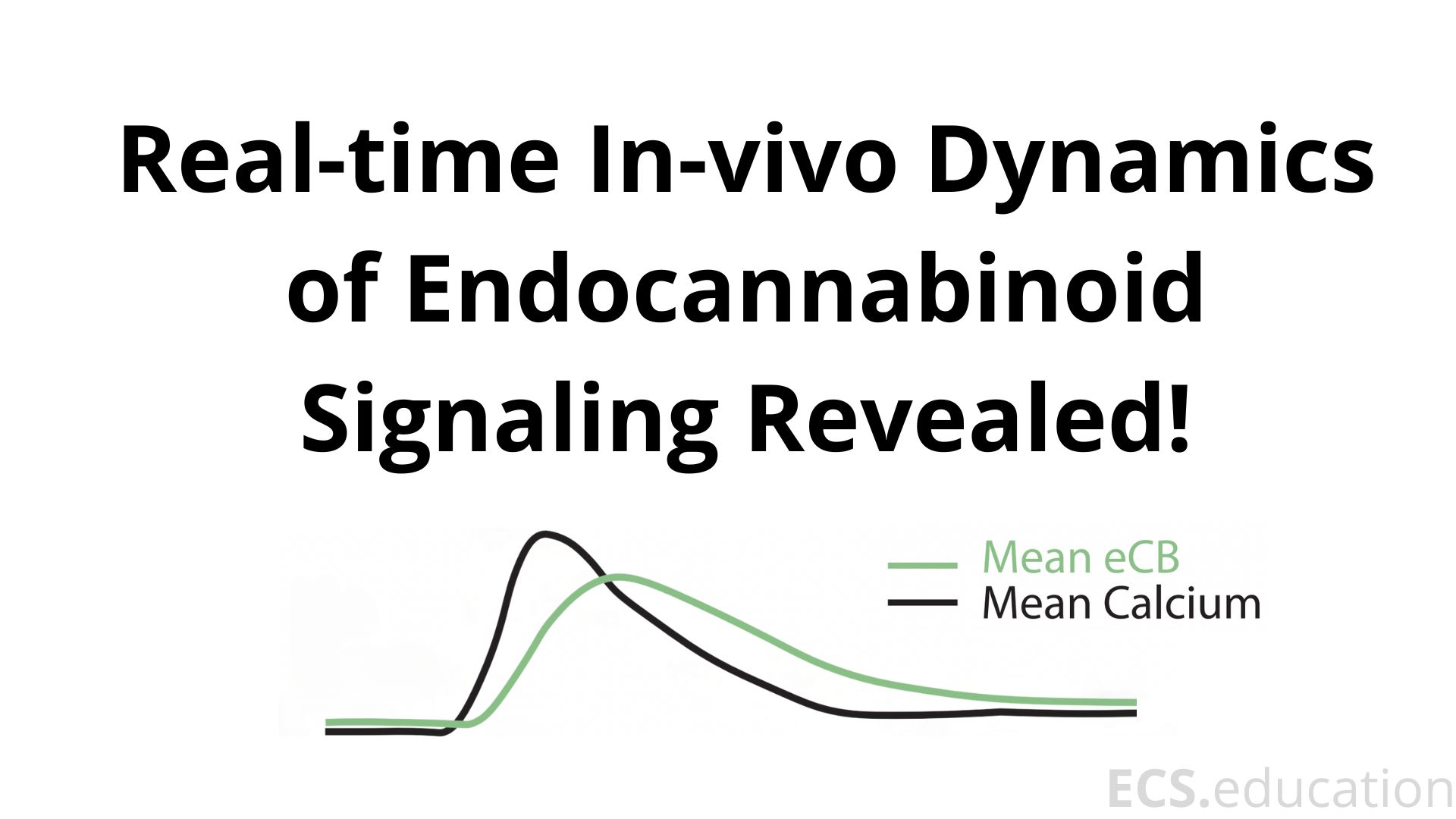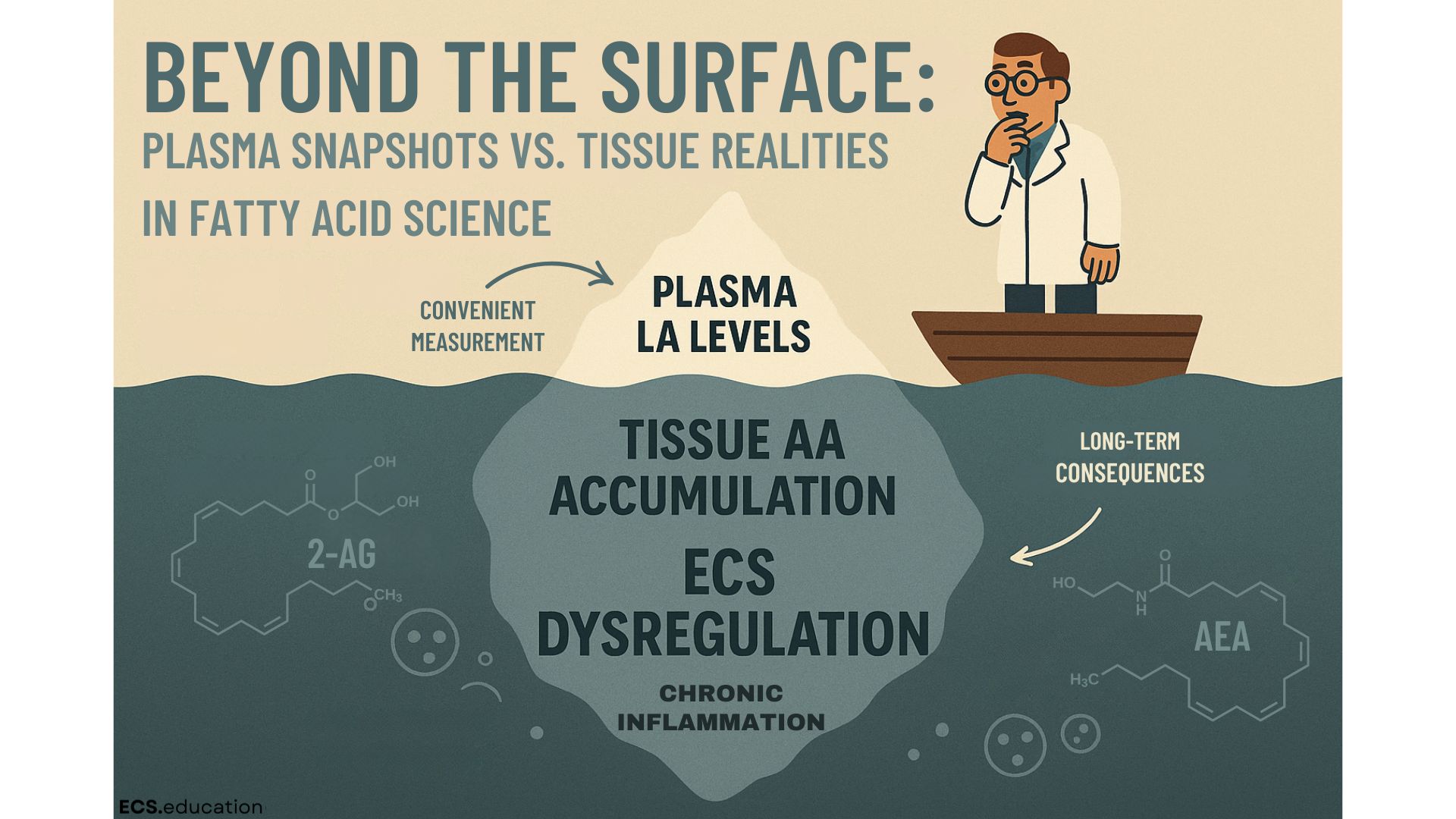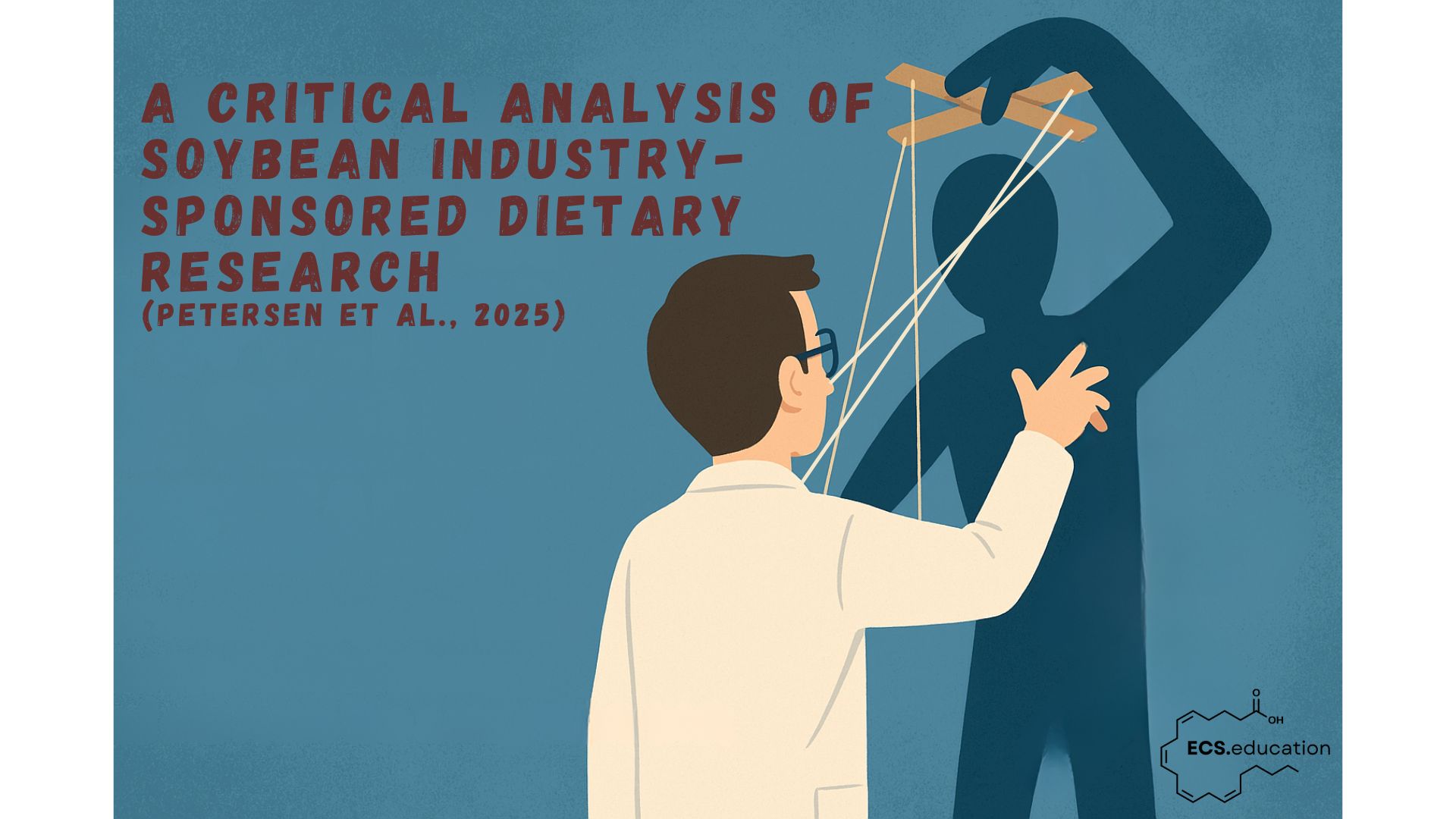Obesity is more than excess fat—it’s a disorder of endocannabinoid system (ECS) dysfunction. Explore how obesity rewires CB1 signaling in fat, liver, heart, and brain, driving chronic disease.

Paracetamol Confirmed as a Direct Analgesic DAGL Inhibitor: New Preprint Evidence
Important Note: This blog post discusses findings from a recent scientific preprint, meaning the research has not yet been formally peer-reviewed. Preprints allow for rapid dissemination of findings, but results should be interpreted cautiously until confirmed by peer-reviewed publication. Recently, we reported on a surprising new way that paracetamol (also known…

The Adiposity Filter: How Maternal Body Fat Reshapes Milk PUFAs for Your Baby’s ECS
At ECS.education, we’ve previously delved into how maternal metabolism and milk composition program infant development, the profound impact of maternal diet on the endocannabinoidome and infant health, and the links between ECS dysfunction, conditions like autism, and metabolic syndrome. Today, we explore compelling new research that adds another crucial layer to this understanding:…

The Agmatine-ECS-ASD Connection: New Hope for ASD by Boosting 2-AG and Calming the Brain
Explore groundbreaking research on agmatine’s connection to the endocannabinoid system (ECS) in Autism (ASD). Discover how it may boost 2-AG, calm brain inflammation, and offer new hope for understanding and potentially supporting ASD.

Acetaminophen (APAP) & the ECS: A Surprising New Twist in How Tylenol Really Works
New research upends our understanding of how acetaminophen (paracetamol) provides pain relief via the endocannabinoid system. Discover how it directly inhibits DAGLα, reducing 2-AG levels – a surprising twist on conventional ECS wisdom. Explore the implications for future drug development.

Seeing is Believing: New Tech Reveals How The Endocannabinoid System Works in Real-Time
A paradigm-shifting review in Neuron (Malhotra et al., 2025) highlights how new technologies allow scientists to visualize endocannabinoid (ECS) dynamics in real-time in behaving animals. This post breaks down the key breakthroughs, including the central role of 2-AG in rapid signaling, its precision, its function in memory and seizures, and the implications for healthcare professionals and medical cannabis.

Too Much Omega-6? New Link Shows Linoleic Acid Directly Flips a Master Metabolic Switch
Discover how dietary linoleic acid (LA), a major omega-6 fat, directly activates the master metabolic switch mTORC1 through a newly found pathway involving FABP5. Explore the implications for Metabolic Syndrome, potential interactions with the endocannabinoid system (ECS), and what this means for understanding modern diets.

Maternal Obesity Reshapes Breast Milk’s Endocannabinoid Landscape – A Missing Link in Metabolic Inheritance
Discover how maternal obesity and GDM reshape breast milk’s endocannabinoid profile, linking mother’s metabolic health to infant development via the ECS. Explore the crucial role of omega-6/3 balance, recent human evidence on growth impacts, complexities from animal models, and the urgent case for prioritizing maternal omega-3 intake.

Omega-6, Mortality, and Your ECS: Unpacking the Latest UK Biobank Bombshell
A major UK Biobank study found higher plasma linoleic acid (LA) linked to lower mortality, seemingly contradicting concerns about high dietary omega-6 driving ECS dysfunction. This post unpacks the findings, distinguishing between plasma snapshots and tissue arachidonic acid (AA) realities, and explains why the omega-6/omega-3 balance and ECS perspective remain crucial for understanding metabolic health.

The Invisible Puppeteer in Seed Oil Research
Let’s cut through the noise: Petersen et al.’s recent industry-funded narrative review, published in Nutrition Today, employs selective framing—shifting focus away from the central regulator of metabolism, the endocannabinoid system (ECS). This 600-million-year-old conductor of hunger, fat storage, and inflammation is fueled by linoleic acid (LA), yet the manuscript acts…

